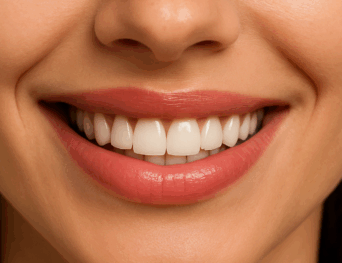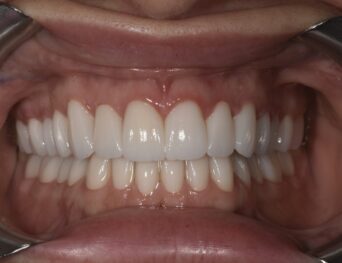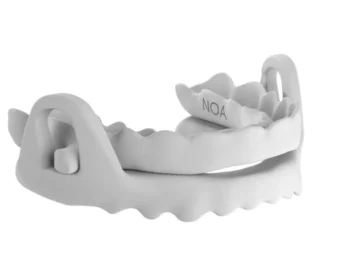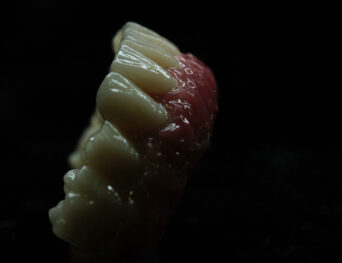Radical Coating Techniques
Radical Coating Techniques
The gum can suffer recessions due to different factors, but especially periodontal diseases, bad brushing techniques and dental malpositions, are factors that trigger serious problems such as gum retraction, that is, a gum migration that leaves the discovered the roots of the affected teeth.
The gingival recession is a problem that affects aesthetically, but above all it is an oral health problem, since the dental root in the oral environment is extremely sensitive to thermal changes, aggression of acid agents and bacterial plaque , therefore, gingival retraction predisposes both cervical caries, gingival inflammation and consequently the loss of support of the teeth.
The gum replacement techniques are very varied and are the techniques we use to solve these problems. These techniques are surgical techniques that are located in the field of Periodontics and are very predictable procedures and with a very light postoperative period.
These procedures are performed on an outpatient basis and virtually painless. The most important thing is the early detection of the problem and proper planning.
In most cases, it is appropriate to perform some type of displacement flap, although it is possible to combine it with gingival grafting techniques, or perform only the graft.
The graft techniques guarantee an improvement of the quality of the final gingival tissue in the affected area, and an absolute biocompatibility, because most of the times we will obtain the graft from another oral region of the patient, and it is placed in the area where the recession is . In this way we recover the lost gum, and cover the exposed root.
Why do gums retract?
The reasons why a gum graft is needed can be several. On the one hand it may be due to the presence of periodontal disease, it may also be due to traumatic causes. The most frequent of them is incorrect brushing. In these cases, the root exposed as a result of the retraction of the gum is seen as a clean, polished and shiny surface, which is pierced and hollowed, making hygiene difficult and facilitating root caries.
This disease can also associate the loss of the bone that supports the teeth, which can be prior or occur as a consequence of the destructive process of the entire period that involves the dental recession.
What types of Peridontal Graft exist?
There are mainly two types of graft in Periodontal surgery:
– Free Gingival Graft, which was the first to be used and
– The connective tissue graft, similar to the previous one but lacking epithelium, and which is the one we use in bilamellar techniques.
Where is connective tissue graft tissue or gingival graft obtained?
It is mainly obtained from the palatal area or the retrotuberositic area of the patient, since there is a large amount of tissue very similar to that of the gum that surrounds the teeth. In addition there is a complete regeneration of the area without leaving any scar, so that within a few weeks no difference can be seen in the area where the graft has been placed or taken.
-
Me ha gustado mucho
Me han tratado muy bien en la clínica dental Dávalos & Balboa.
Manuel Martinez










